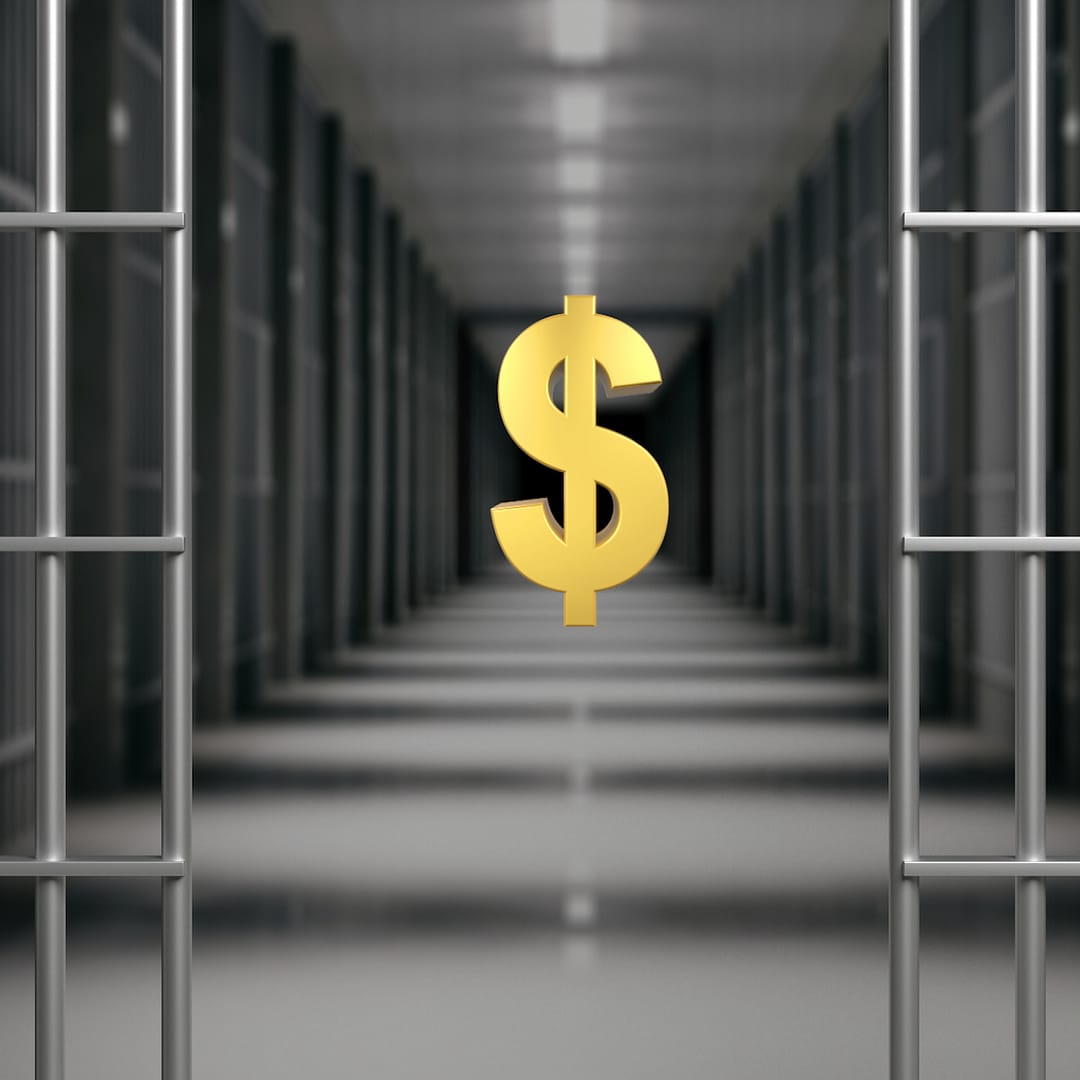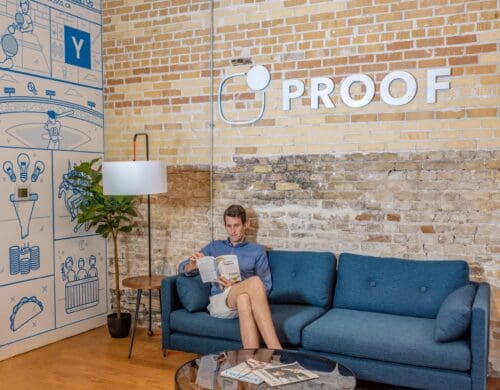

Given the incarceration epidemic in our nation, it is critical to be cognizant of the stark difference between a public and private prison.
Let’s start with public prisons, since this is where 92 percent of inmates are kept. Public prisons are non-profit prisons owned and operated by the state and federal governments.
In public prisons, the government oversees the prison operations and all decisions made. The government is responsible for decisions like what type of programming is provided, where someone is housed, who receives early dismissal amongst a gamut of other considerable decisions.
Unlike private prisons, public prisons cannot deny inmates because they are funded by taxpayers. Taxpayer funding demands transparency from the government who must make certain information public, such as the allocation of funds.
In theory, the public is supposed to hold public prisons accountable and culpable, and serve to check the power of the correctional facilities.
A private prison is owned and operated by a third party that is contracted by the government. The inception of private prisons didn’t occur until the mid 1800s. But, the explosion of private prisons began in the 1980s when prisons became overpopulated due to the War on Drugs.
A majority of private prisons are located in the South and West and are funded by government contracts which are typically based on the total number of inmates and their average length of time served. Essentially, the more inmates these prisons can hold – with longer sentences – the more money they earn.
The private companies of today that run prison facilities for the federal government house 8% of the US prison population. Revenue is also generated from having inmates make goods that can be sold to the public.
Private prisons can decide what inmates they will accept and decline. As a way of keeping costs down, private prisons typically deny inmates that have physical or mental health issues. Additionally, these prisons can keep information and records private, which hinders transparency efforts and accountability within the system.
There is a major debate surrounding whether or not private prisons are being ethically utilized. Much of the criticism of privatization is founded on the belief that the profit motive attracts companies to utilize shortcuts in ways that undermine the provision of safe and secure facilities.
Early studies have shed light on lower staff to inmate ratios, less qualified and skilled staff, and less rehabilitative programming within private prisons which substantiates how the profit motive is in conflict with societal goals and values.
Another view is that privatization of prisons incentivizes putting more people in jail. Given that the government funds private prisons based on the number of inmates and duration of imprisonment, there is a financial incentive to keep more people imprisoned and for longer periods of time.
An infamous testament to private prison corruption occurred in 2009 and was dubbed the “Kids for Cash” scandal. It involved judges in Pennsylvania accepting money from a private prison owner in exchange for sentencing kids to a private prison at twice the state average cost as a means of putting money into the prison owner’s pockets.
A new paper from Washington State University published in the journal Labor Economics, entitled “Do privately-owned prisons increase incarceration rates?” discovered that private prisons led to an increase of 178 new prisoners per million population per year. At an average cost of $60 per day per prisoner, that costs states between $1.9 to $10.6 million per year, if all of these additional prisoners are in private prisons.
“Not all crimes are created equally,” said Gregmar Galinato, a co-author and professor in WSU’s School of Economic Sciences. “For crimes like property damage, fraud, or non-violent drug crimes – crimes where judges have more leeway in sentencing – states saw higher sentencing rates and significant increases in sentence lengths when private prisons were established.”
Does the current arrangement promote imprisonment and longer sentences, or are private prisons to be trusted and really are just a cheaper alternative to public prisons?
We must continue to question whether the private prison systems as they exist are both transparent and demonstrate integrity.


